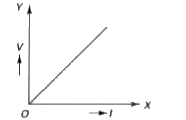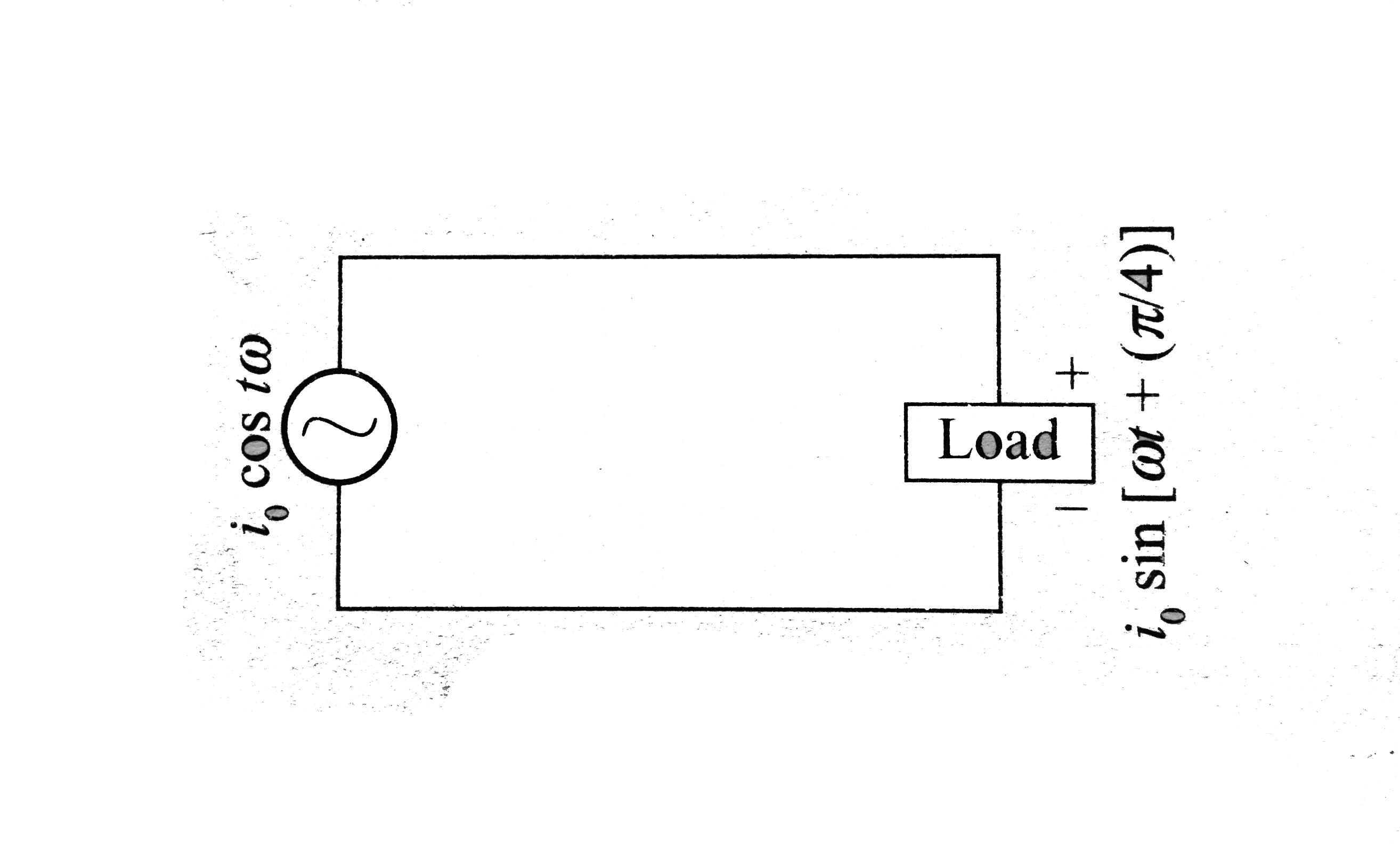The slope of voltage (V) versus current (I) is called

resistance
conductance
resistivity
conductivity
The correct Answer is:A
Step by step video, text & image solution for The slope of voltage (V) versus current (I) is called by Physics experts to help you in doubts & scoring excellent marks in Class 10 exams.
Topper's Solved these Questions
Similar Questions
In an experiment on photoelectric effect, the slope of the cut-offf voltage versus frequency of incident light is found to be 4.12×10−15V s. calculate the value of Planck's constant.
View Solutiona) The peak voltage of an AC supply is 300 V. What is the rms voltage?
b) The rms value of current in an AC circuit is 10A. What is the peak current?View Solution
Knowledge Check
- Question 1 - Select One
A device that increases the voltage of an alternating current is called a(n)
Aelectric motorBgalvanoiqeterCstep-up transformerDstep-down transformer - Question 2 - Select One
In an experiment on the photoelectric effect , the slope of the cut - off voltage versus frequency of incident light is found to be 4.12×10−15V s . The value of Planck's constant is
A6.592×10−34 J sB6.592×10−31 J sC9.592×10−34 J sD6.592×10−30 J s - Question 3 - Select One
The output current versus time curve of a rectifier is shown in the figure. The voltage value of output current in this case is
 A0BI02C2I0πDI0
A0BI02C2I0πDI0
The V - I graph for a conductor makes angle θ with V-axis. Here V denotes voltage and I denotes current. What is the resistance of this conductor?
View SolutionIn a voltage regulating of zener diode, the graph of output voltage vo versus input voltage v1 is
View SolutionThe ratio of voltage sensitivity (VS) and current sensitivity (IS) of a moving coil galvanometer is
View SolutionIf V=100sin (100t)V and I =100sin (100t+π3) mA are the instantaneous values of voltage and current, then the rms values of voltage and current are respectively
View SolutionA current source sends a current I=(i0)cos(ωt), When connected across an unknown load, it gives a voltages output of v=v0sin[ωt+(π/4)] across that load. Then the voltage across the current source may bebroaught in phase with the current through it by
 View Solution
View Solution

